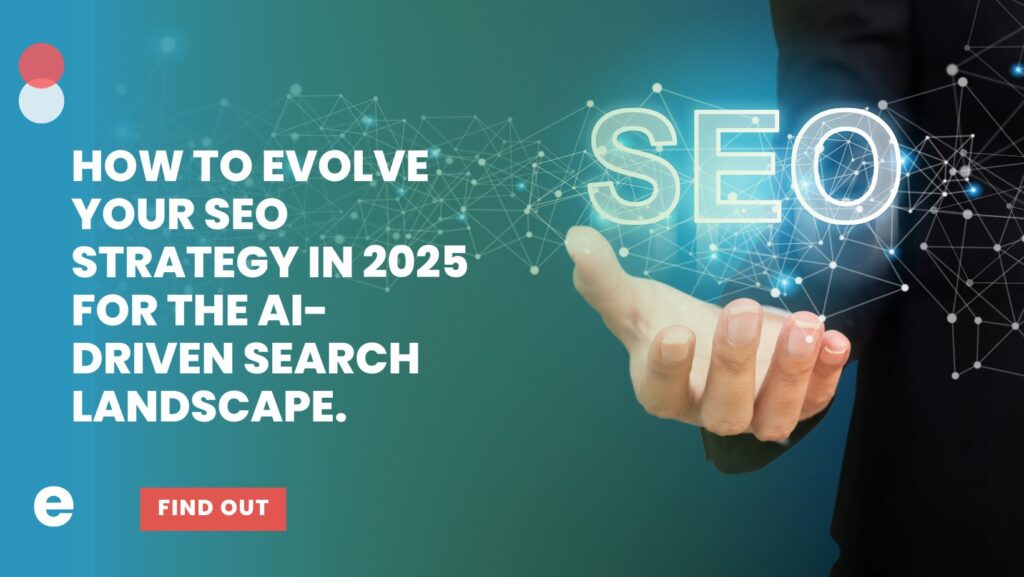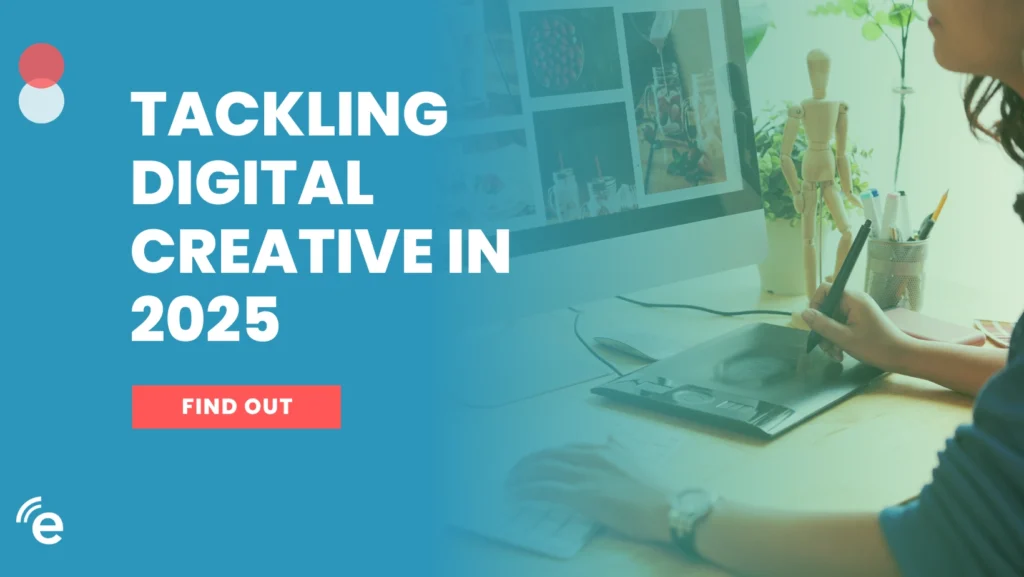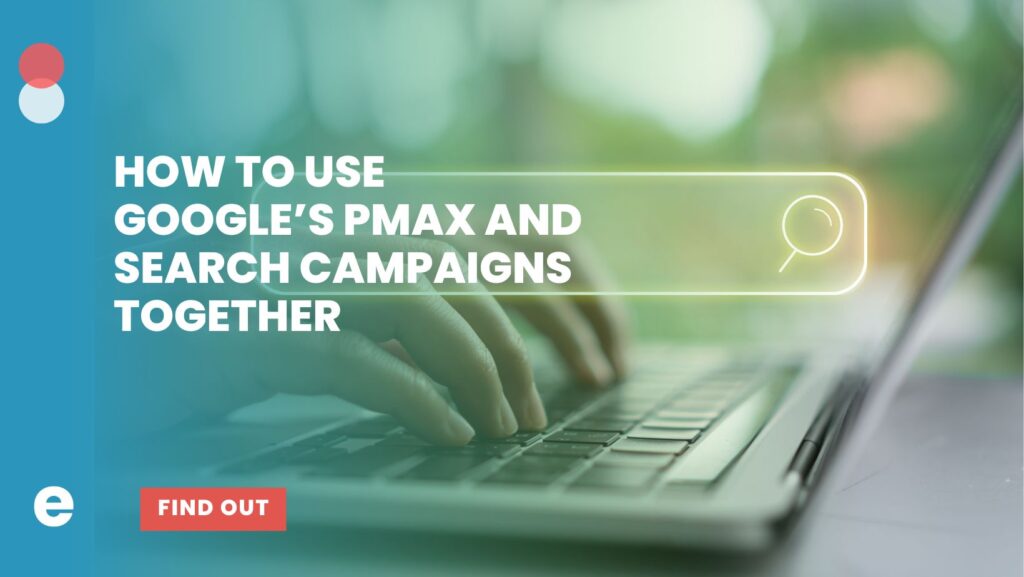As a creative, I have learned over time the value of good data and most recently come to love it very much. I’m in a love triangle: creative, data, and me. I have always appreciated strong digital strategy. It was always easier for me to create ideas that laddered up to a strategy that was rooted with a purpose. I could create a story with content and imagery, and it had a strategic backbone with which it could stand upright. With my new love for data, my creative now has more than a backbone — it has many enhanced parts built on data, built to perform and it’s a beautiful thing.
As I began to research the importance of my new love triangle, I had to start with the past to understand this new simple formula to success in a performance marketing world.
How did we get here?
Let’s think back. In the past, creative was driven by pure emotion. It was simple. Create a campaign from the heart and hope for success. The technology to measure that success (if any) simply wasn’t there. Times have changed. Technology has changed. Today we have access to more data than ever before and success is measured by how we marry that data with creative.
As marketing budgets become more scrutinized and streamlined, data and creative have to work hard and together. Brands are demanding more bang for their buck and consumers are expecting more from their brands. Data and creative can no longer live separately. To survive in a performance driven world, you as a marketer must adapt. It’s time to think forward. You no longer have the luxury of targeting a single channel. Your customer now has control of that. It’s your responsibility to learn from their motivations and actions and meet them at the right point at the right time.

Emotion + Art + Science
When a brand makes an emotional connection with its customers, better experiences are made. The better the experience the better the conversion. The formula is simple: emotion + experience = conversions. And the better the conversion, the more success your brand will have.
If the formula is so easy, why isn’t everyone doing it?
Well, many marketers still see creative and data as separate. Some simply don’t know how to use the two together. Another challenge is having too much data (yes — there is such a thing). Once you begin filtering through it, understanding its insights and knowing what to do with it takes time. But once you have a game plan, it will be time well spent.
So let’s say that you now have some really good data (stress on the word “good”). What does this mean to creative? It means a lot! Data gives creative the ability to paint a bigger picture of the entire customer journey and experience vs. just a one-off campaign. As the message and concept forms, these experiences can now be more targeted, giving customers what they want, when they want it. And the more personalized the experience, the more customers will value your brand.
Creating unique, genuine experiences will make your brand stand out. As mentioned above, a personalized connection equals an emotional connection, which leads us back to our simple formula of success.
It’s time to get on the bus!
There is no better time than now to begin integrating data-driven creative into your customer experiences. The unlimited access to all types of data now provides creative departments with real-time feedback and results, allowing an experience to evolve and pivot with your customer’s interest.
From a marketer’s perspective, data-driven creative is your new best friend. You should respect it. It will only make you better and your ideas stronger. Share with your creative team any immediate results that you are seeing. You’ll be surprised how invaluable this information is to them and what they can do with it. Having a healthy respect for data and what you share is key. Don’t let the data affect your team’s ability to be creative. Creativity can not be replaced by machines.
What does the process of using data and creative together look like?
What have you learned from the past? In the beginning, there (hopefully) will be past insights or historical data that would impact the initial planning process. Work with your SEO and PPC teams to provide past performance. These insights will drive the next steps in creative planning.
Know your end goals. Do you have numbers that you need to meet? What is your ROI? How will you continue to measure these goals throughout the experience?
Have a plan! Think through the experience. How do you envision what the experience will look like? How would you like the creative to evolve based on new findings?
Have options to test. Having multiple creative options ready to test will allow you to react faster if you need to make some initial changes.
- Create multiple messages, i.e. headlines and calls-to-action.
- Design a few different layout options. Move elements such as forms, buttons, content around on the page.
- Test 1 or 2 things at a time, but don’t test too many things. This may cloud your results.
- Pick a winner and continue to monitor the results.
Check in after launch. How are things performing? Are people clicking through the experience? How are they getting there are and what are they doing first? Look for any drastic activity like significant engagement drop off.
Review reports. Your PPC and SEO teams will be generating reports on a monthly basis. Make sure to set up time to review these so that you are aware of how the experience is performing.
Adjust and test based on results. You now have new data, and that’s super exciting. Go back to your plan and your goals and adjust as needed. Maybe test something new. There are no limits.
Rinse and repeat!
Contact Enilon today and learn how to get started in taking your data and creative’s relationship to the next level.


